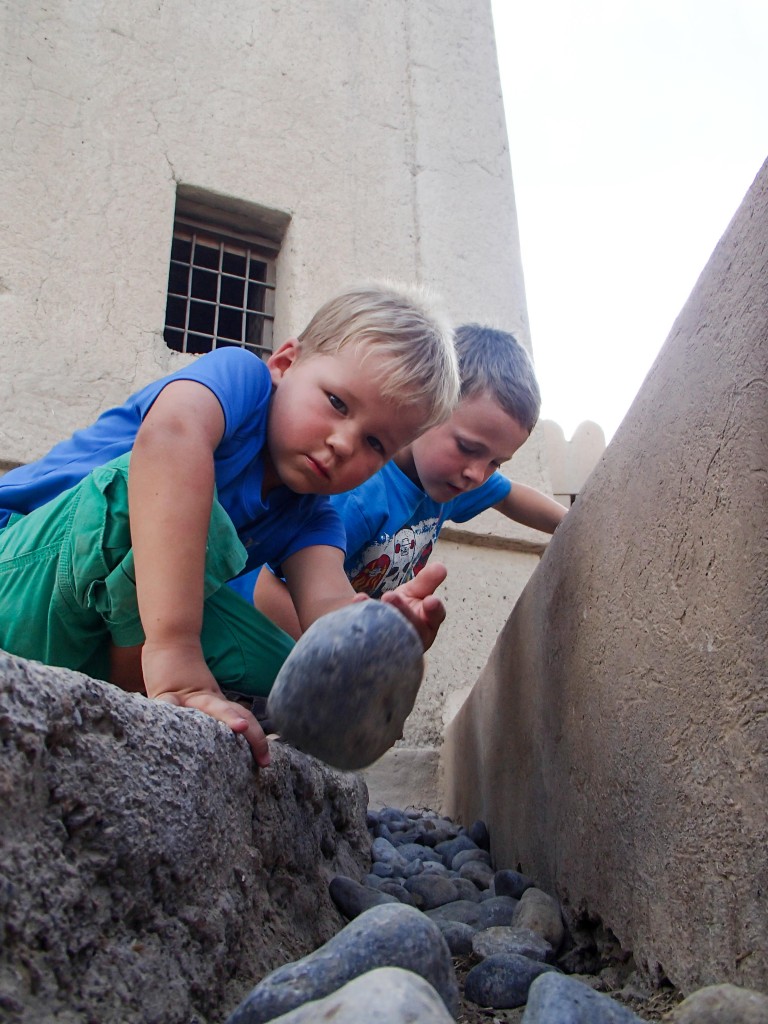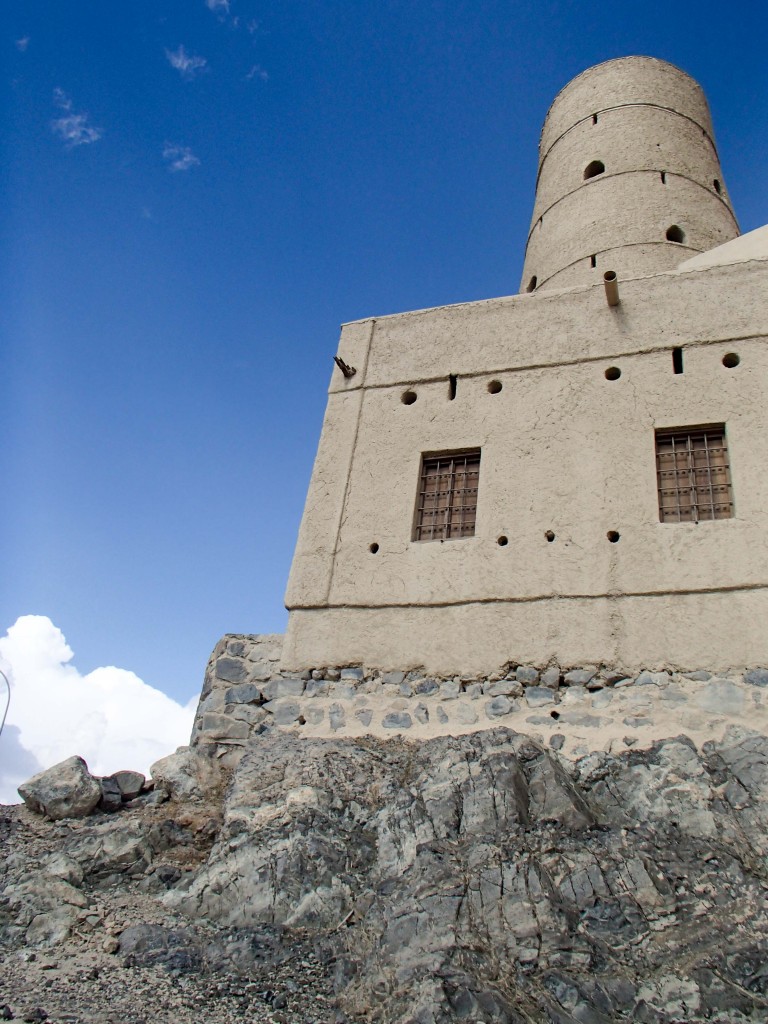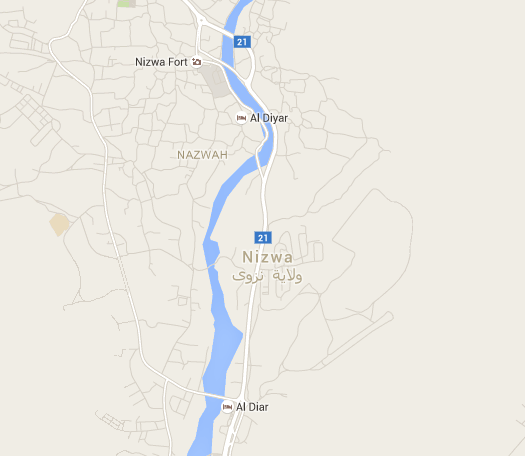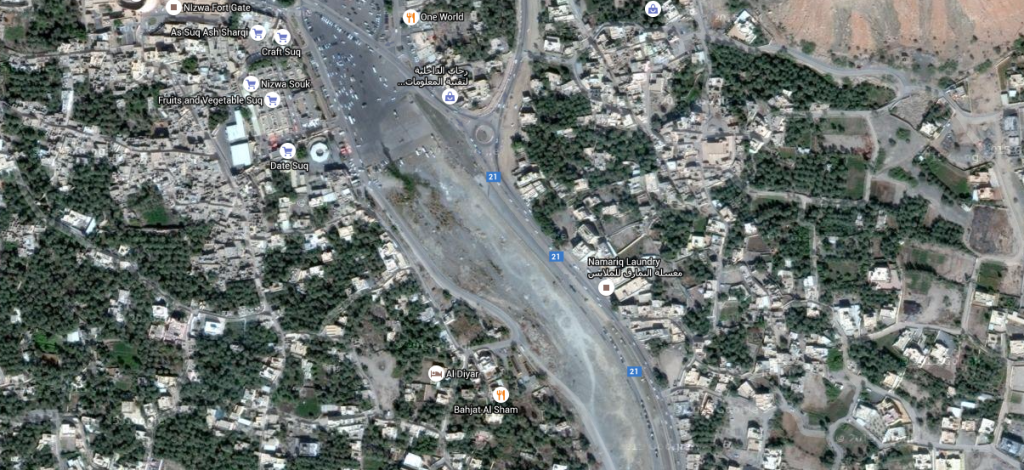Our friends the Anderson’s really wanted to see the animal souq (or market) held every Friday in Nizwa. Nizwa is much closer than Wadi Bani Khalid and there is a ton of great stuff on the way so it was a no brainer to go with them. It was Islamic new year so we were going to take advantage of the long weekend and spent two nights away. The one problem was we did not know what days we were getting off, if any. In Oman, statutory holidays are set by the government but never more than a few weeks in advance and necessarily the number of days or the same days as previous years. New Year however is based on the lunar cycle so the night before new year a group of people go watch to see if they can see the moon for 13 minutes, if they see it then we get the next day off otherwise it’s the day after. It was set to be either Wednesday or Thursday but we did not know even on Tuesday afternoon and a company email was sent stating we should watch the news to determine if we should come to work tomorrow. Mike and I just booked both days off and will adjust it the following week.
The trip to Nizwa is via a great new highway. We cruised at the 120 kph limit with the road nearly to ourselves. We try and break up trips whenever possible so this time we stopped at a fort in a village called Bidbid. The Fort was quite large considering the size of the town and as an introduction to Oman forts was great because it was a bit smaller and mostly unrestored. We drove through a few narrow winding streets (not near as bad as those to come) until we reach the date palm plantation that surrounds most forts. Three Bangladeshi men were standing beside the road and turned out to be the caretaker’s or tour guides of the Fort. For a rial per adult we had unlimited access.
Inside the Fort was a few buildings a large gatehouse and a couple towers. The walls are primarily made of mud bricks which have small pebbles and straw in them except for the bottom 4 feet which is stone. The stones used in the bottom section are undressed (irregularly shaped) and mortared together. The mud bricks above are stuck together with more mud. When in good repair the face of the mud walls are plastered with more mud to reduce erosion of the walls when it rains. When not in good repair the pebbles and straw peak through the wall, something we saw regularly.
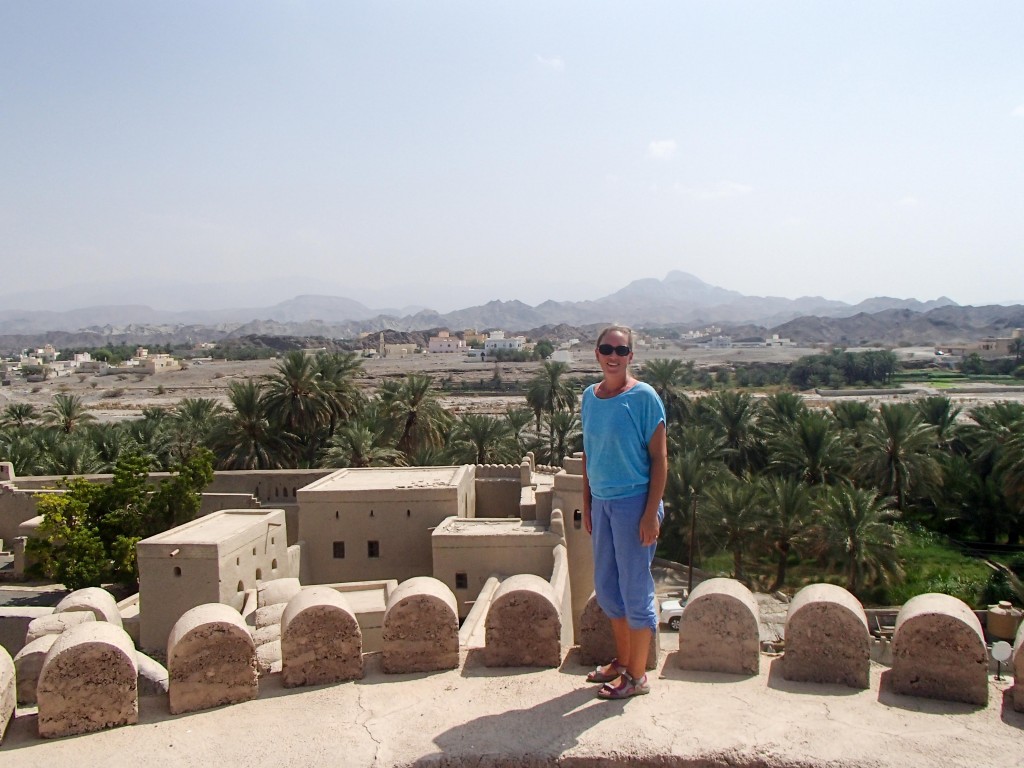
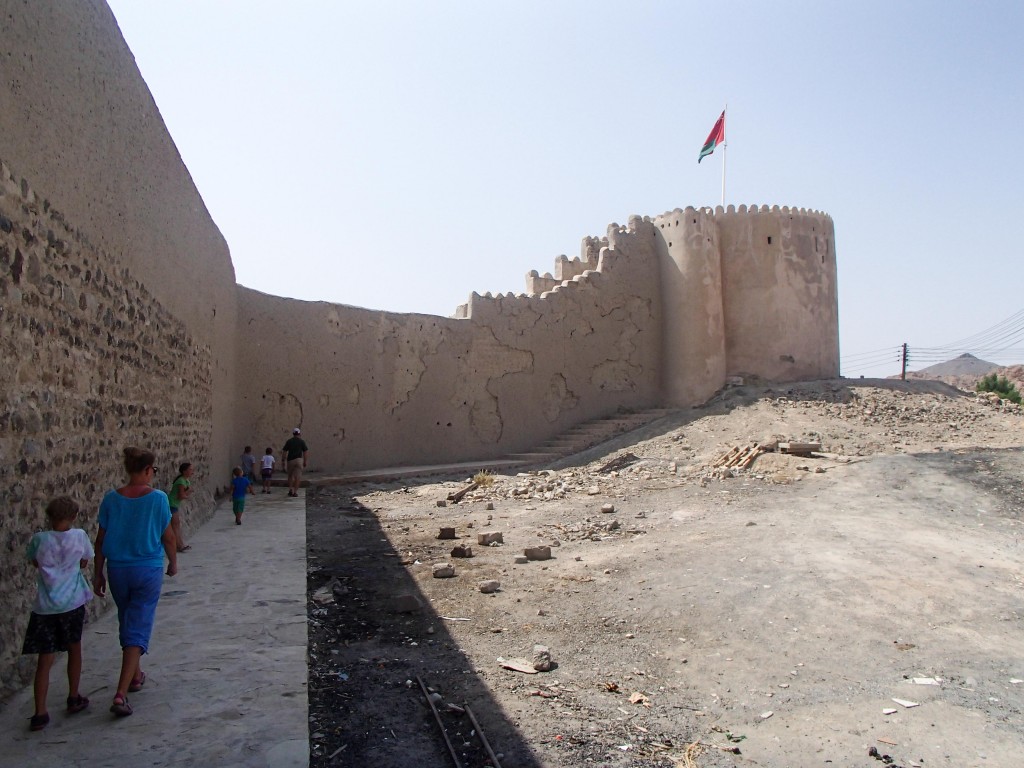
The kids loved the Fort and ran around playing soldiers or guns or something while the adults explored. After finishing the Fort it should have taken 30 minutes to get to the hotel but instead we got lost and took 1 hour. Our hotel is Al Diyar and is shown in the wrong place on google maps. On the map it shows the hotel right in the middle of old Town Nizwa which is laid out like a typical medieval town, without a plan and with streets that are barely wide enough for cars. After circling the block where the hotel is supposed to be and ending up at a road that had a gate that was too narrow for the Sorento we decided to ask directions. A very nice Indian man gave us directions back to a hotel we passed that is called Al Diar on Google maps.
We beat the Anderson’s who also explored the old Town before making it to the hotel. Our reservation had been lost but they had rooms so we checked in and moved into the rooms. We got a king size bed and two cots which are foam mattresses that are laid on the floor. These are way better the north American hotel cot, because you can lean them up against the wall when you don’t need them. After eating lunch in the rooms we headed to the pool. The kids had a great time and we all cooled off before scouting the souq out. We ended up in a date shop were we bought some date syrup and some Omani honey. Supper was Domino’s pizza (3 stars out of 5) and then we went back to the hotel. The kids watched a movie in one room and the adults played cards in another. By the time the movie was done the kids were ready to go to sleep so we got ready and in minutes they were out.
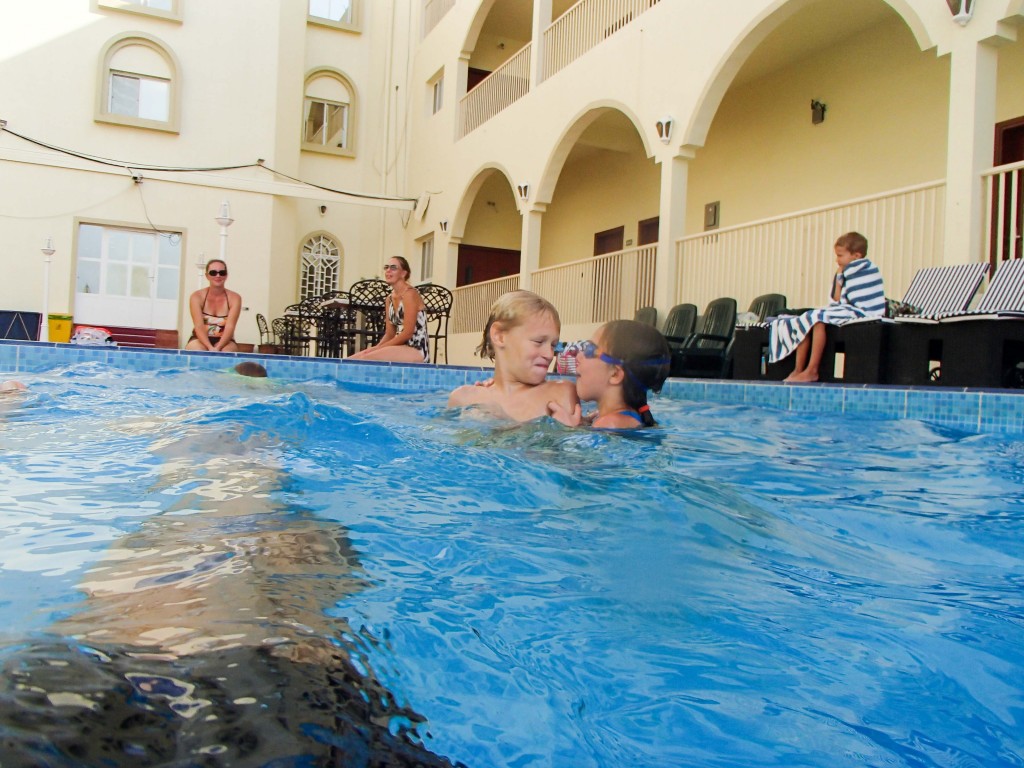
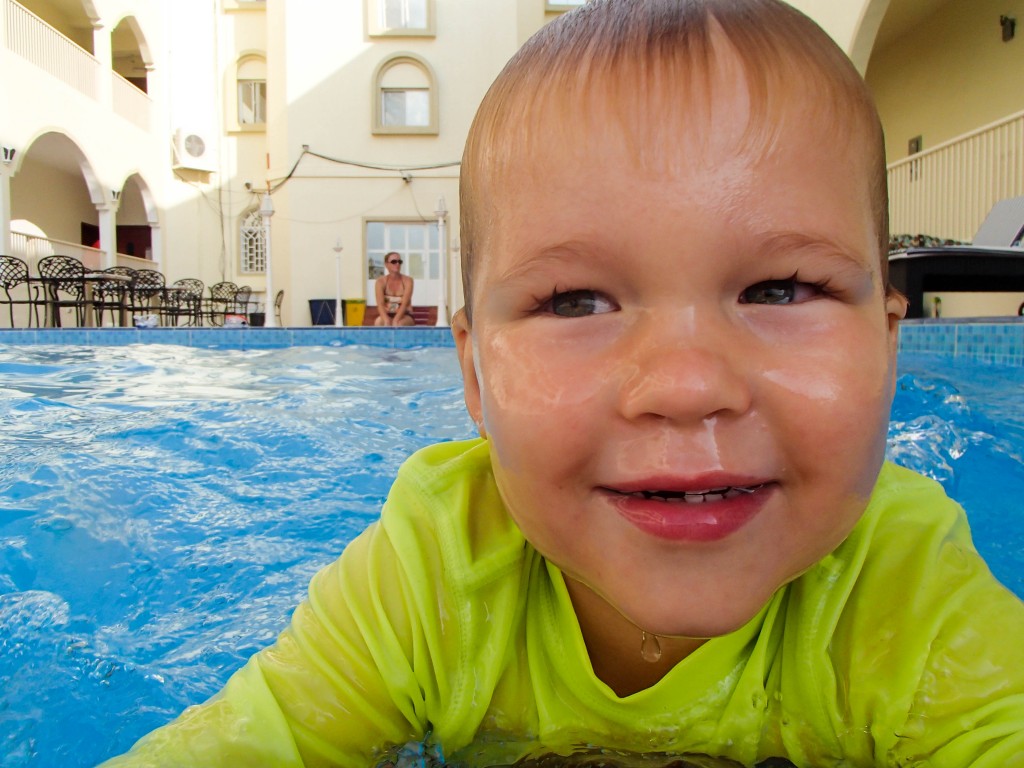
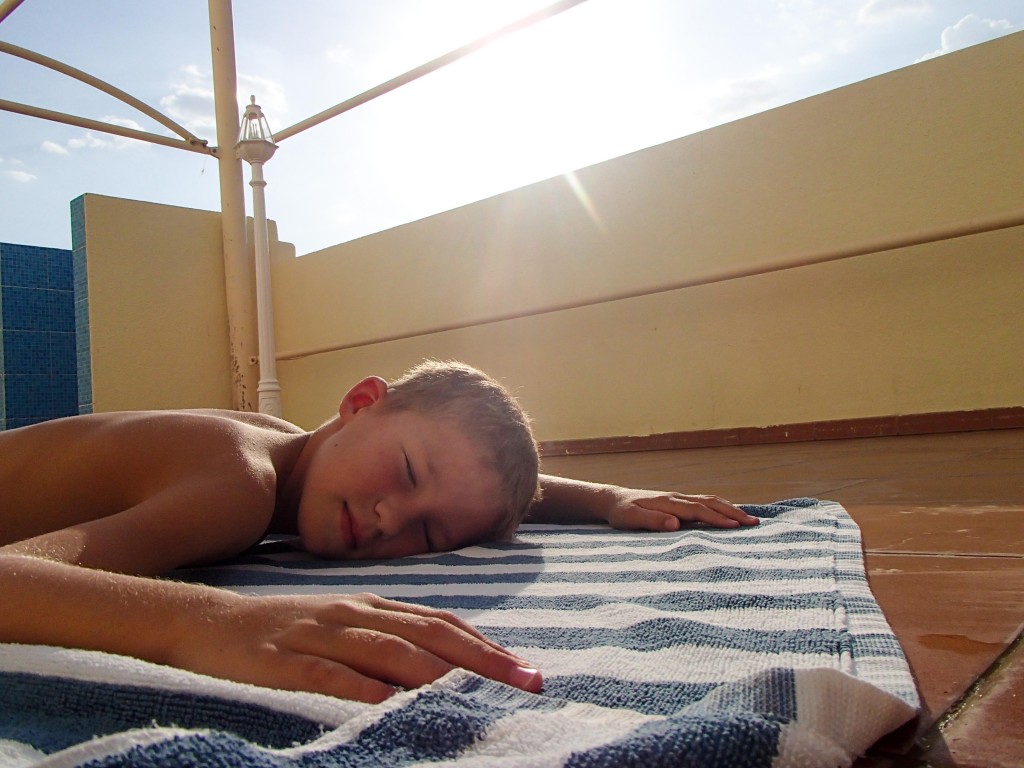
Unlike the buffet breakfast we had in Sur the one here was a little more rustic and less western. We all managed to find enough to eat and then piled into the vehicles. Our first stop was Jabreen Castle which was built in 1680 by the Sultan of Oman and was the center of power until 1692 when the sultan died during a siege lead by his brother. Form follows function so this castle has many reception rooms whose ceilings are 15-20 feet high with exposed beams are decorated with carvings, scroll work and geometric patterns painted on them. Also built into the castle are secret passages, intermediate gates and a horse staircase for the Sultan’s horse.
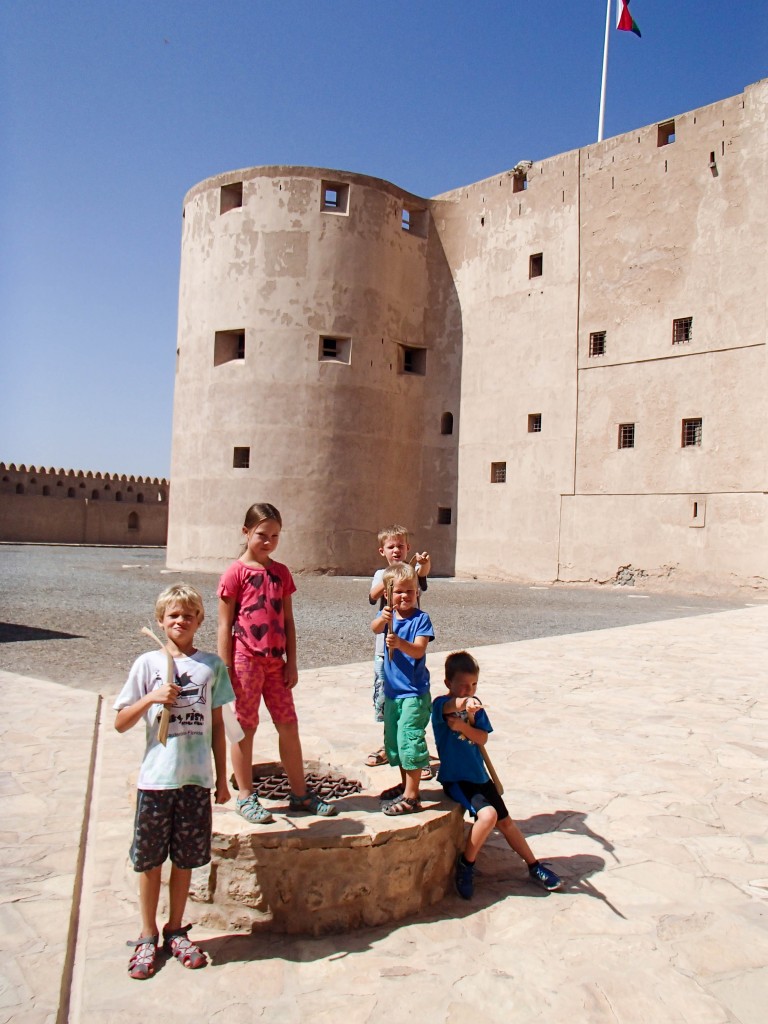
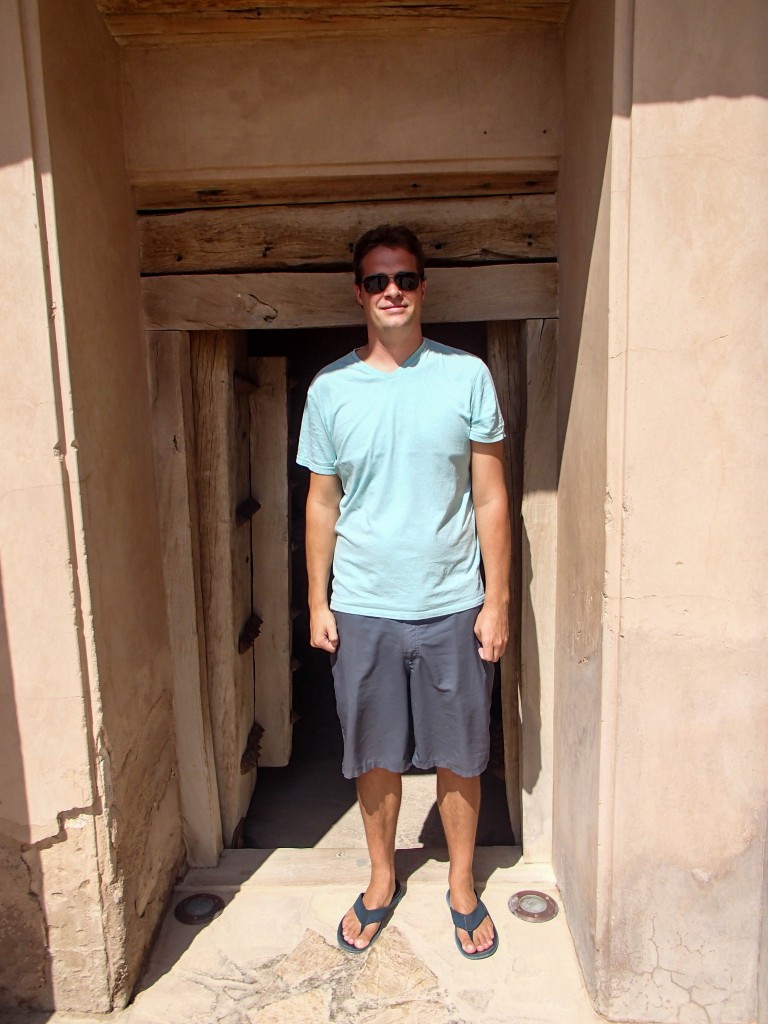
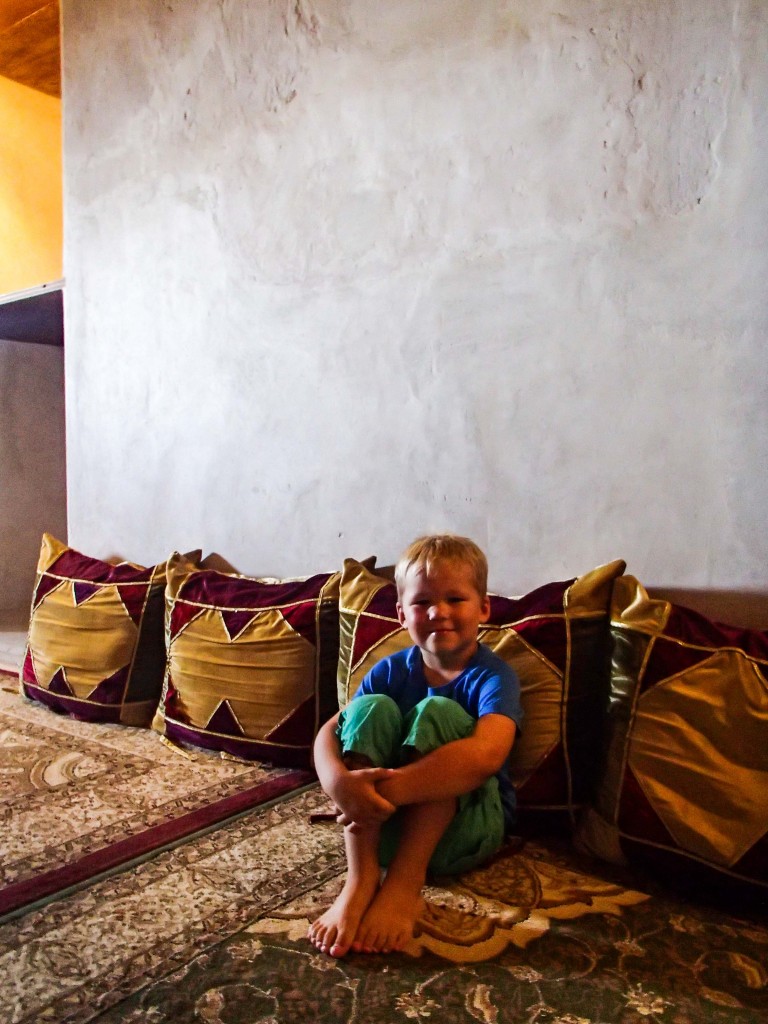
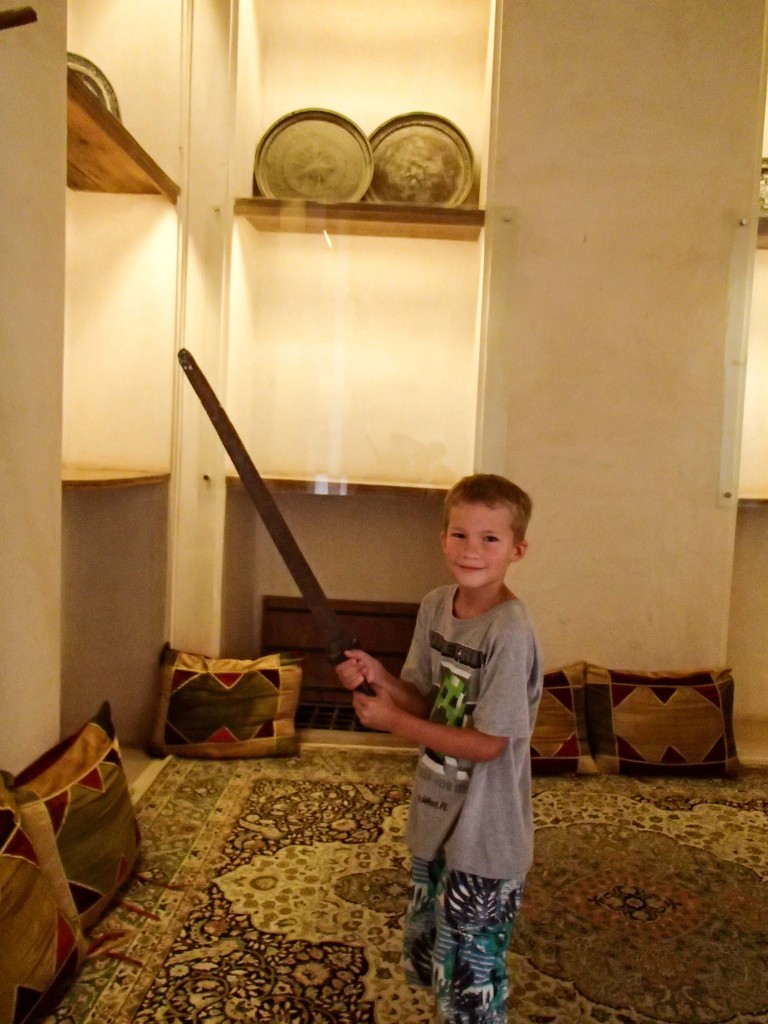
The best part of the castle are the courtyards inside the castle which are a cool temperature and bright compared to the interior of the castle. Even better is the sound that echoes down to you clearly from many of the rooms that surround the courtyard. I can imagine that the sound would have been vibrant and full of life as servants, family members, petitioners and soldiers lived their lives here. It reminds me of the sounds of old Havana, vibrant, sometimes overwhelming and full of life.
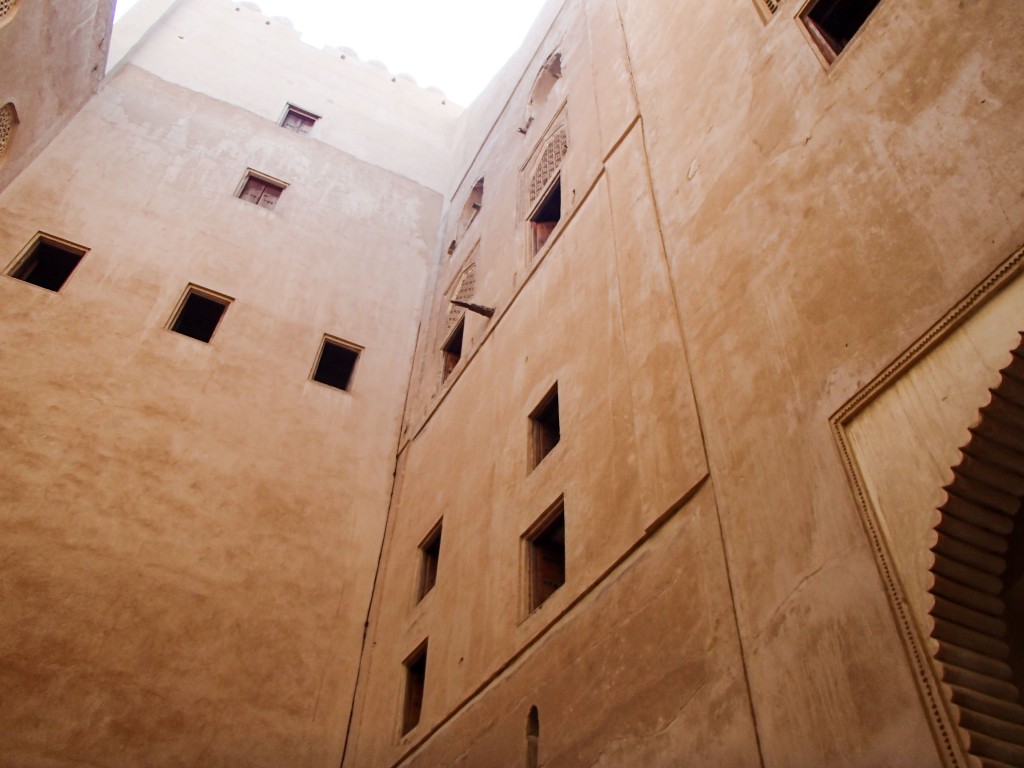
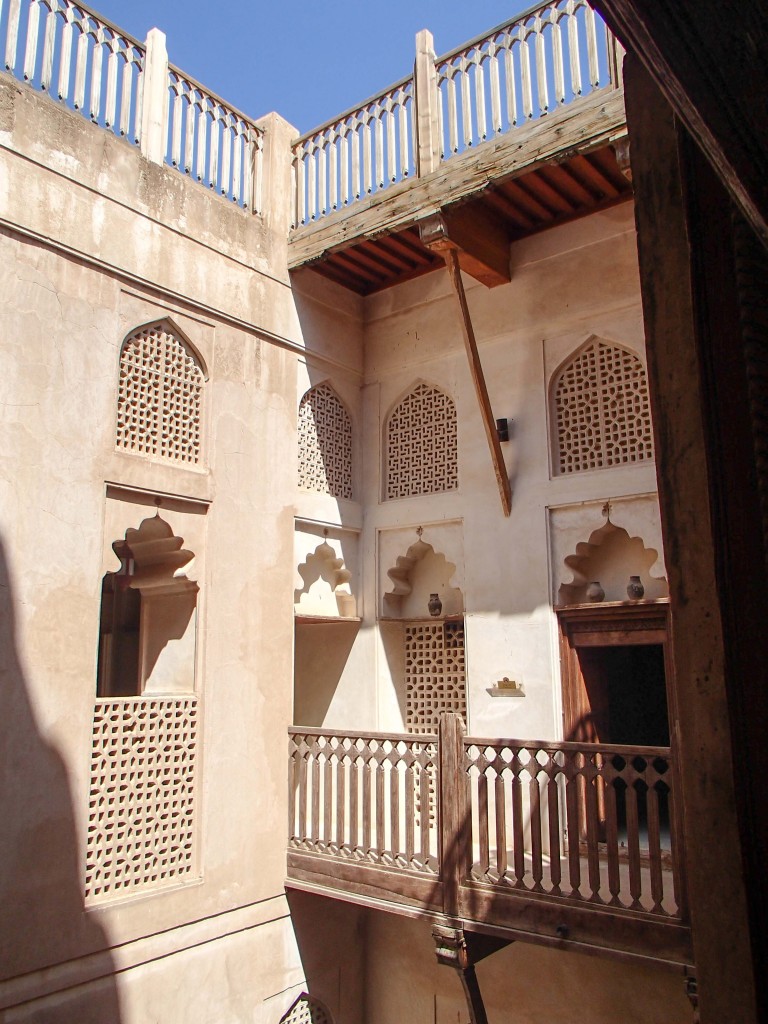
At the bottom of one of the turrets was the date storage area where dates were kept in stacked in palm frond sacks. Interestingly the floor is corrugated to allow date oil squeezed from the bottom sacks to flow in troughs to a pit where it is collected for use in the kitchen or for pouring on invaders through murder holes once it has been heated to boiling – ouch. Even after potentially centuries since the room was used for date storage the sweet smell of date syrup still clings pleasantly to the room.
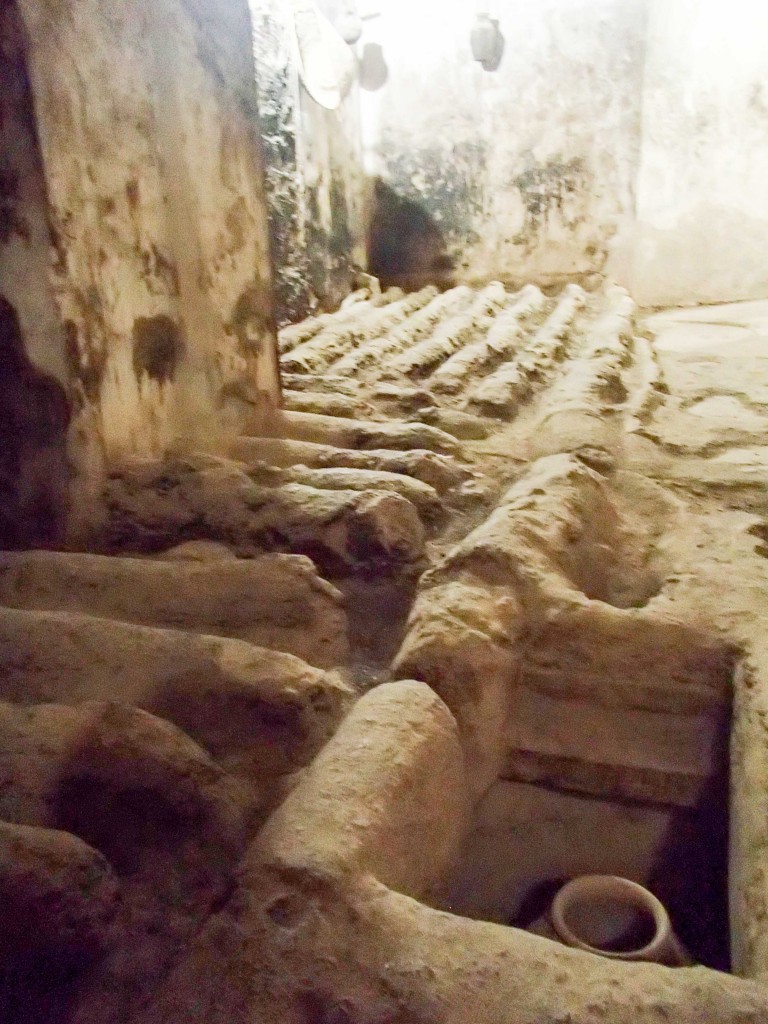
Dying to get my SLR back from the shop
The top level of this Fort is quite high, at least 60 feet and commands and amazing view of the flat land all around the castle. In the walls are holes for cannon and rifle/arrow suits though Mike and I thought that actually hitting anything that is moving would be near impossible because the field of view is so small. Kind of a catch 22, too small of a slit means you can’t hit anything, too large and it provides no protection to the defender.
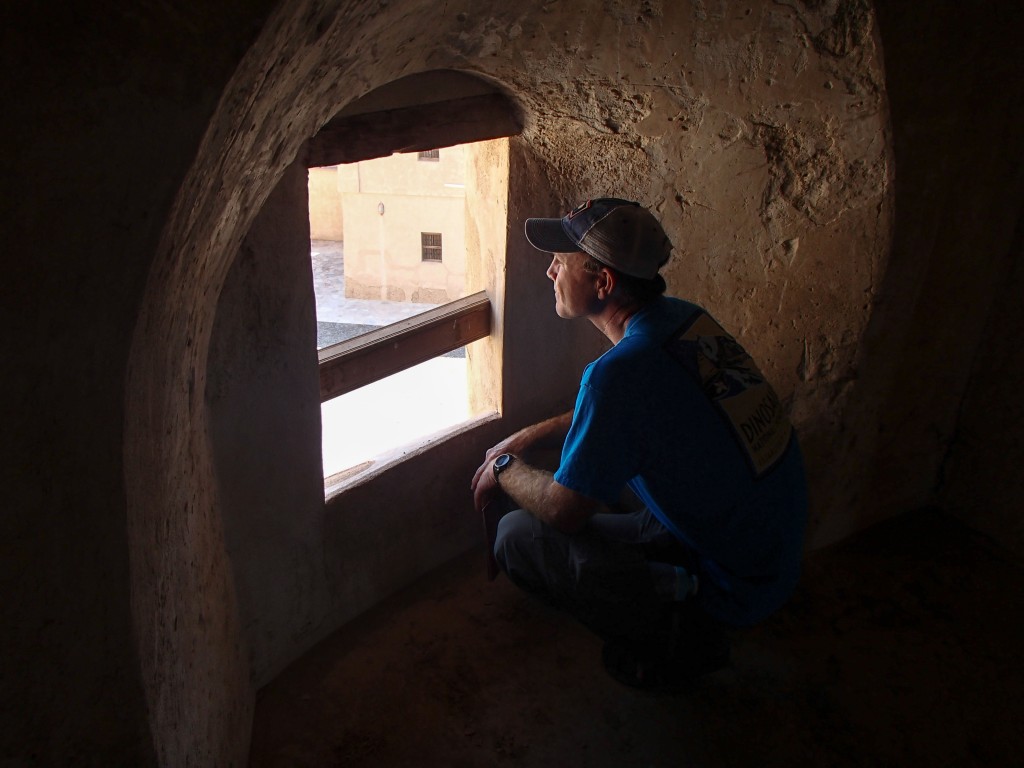
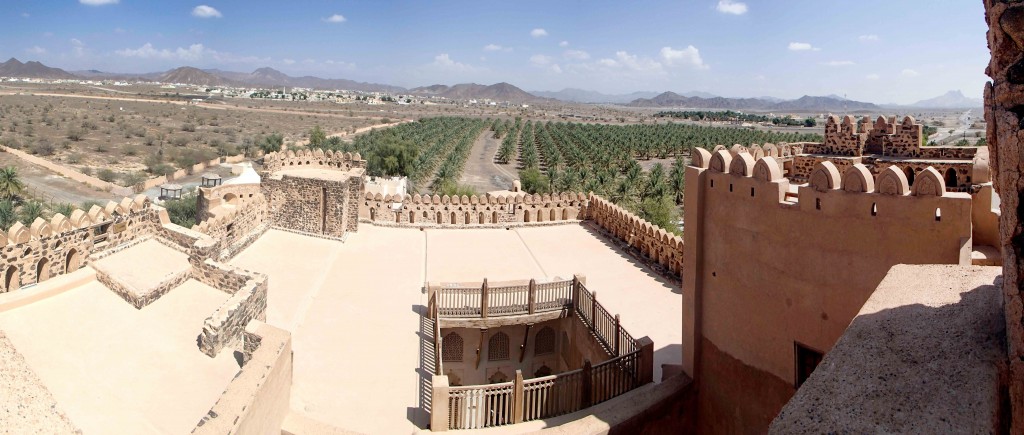

It’s hard being the only girl sometimes.
We finished the Castle and headed to Bahla Fort which is very different from Jabreen Castle. While Jabreen was built as a palace during peaceful times, Bahla evolved over time as it was added to and is much more a defensive structure with layers of defense. This castle is a UNESCO site and was restored over a 10 year period in the 90s and was in pretty good shape. Concentric defense was used to defend the area, the first wall surrounds most of the plantation several miles of wall that despite being worn down by time can be seen in the distance from the battlements, two sets of gates with a kill zone and a sharp 90 degree turn between them and a large keep with its own gate and very high walls.

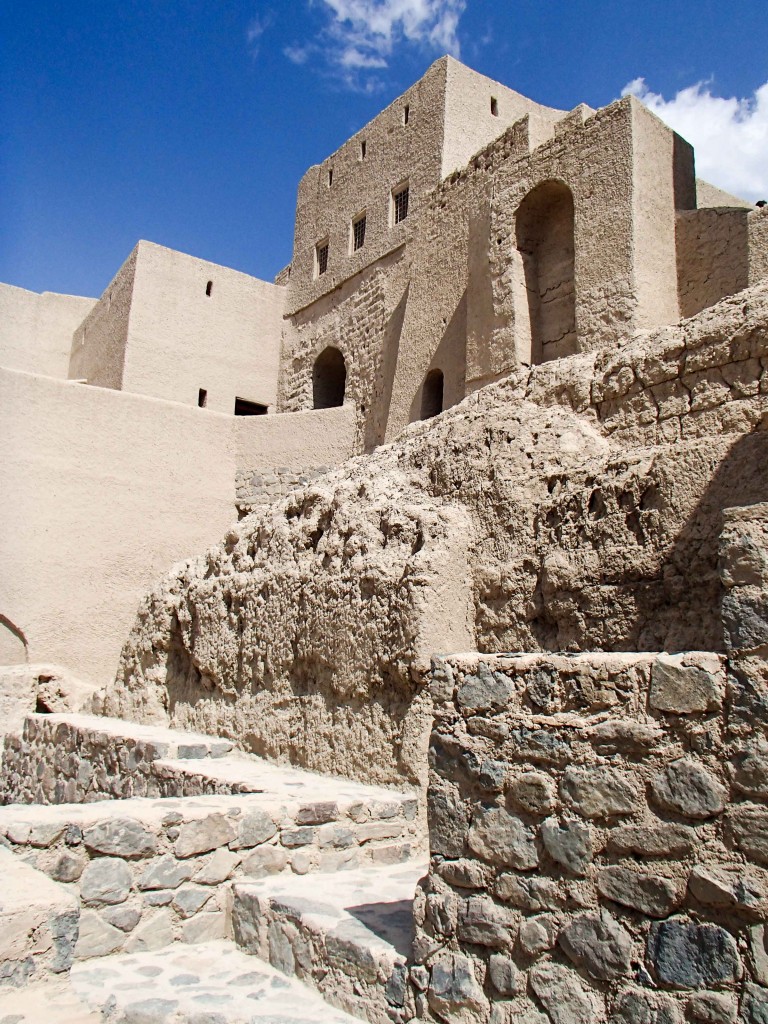
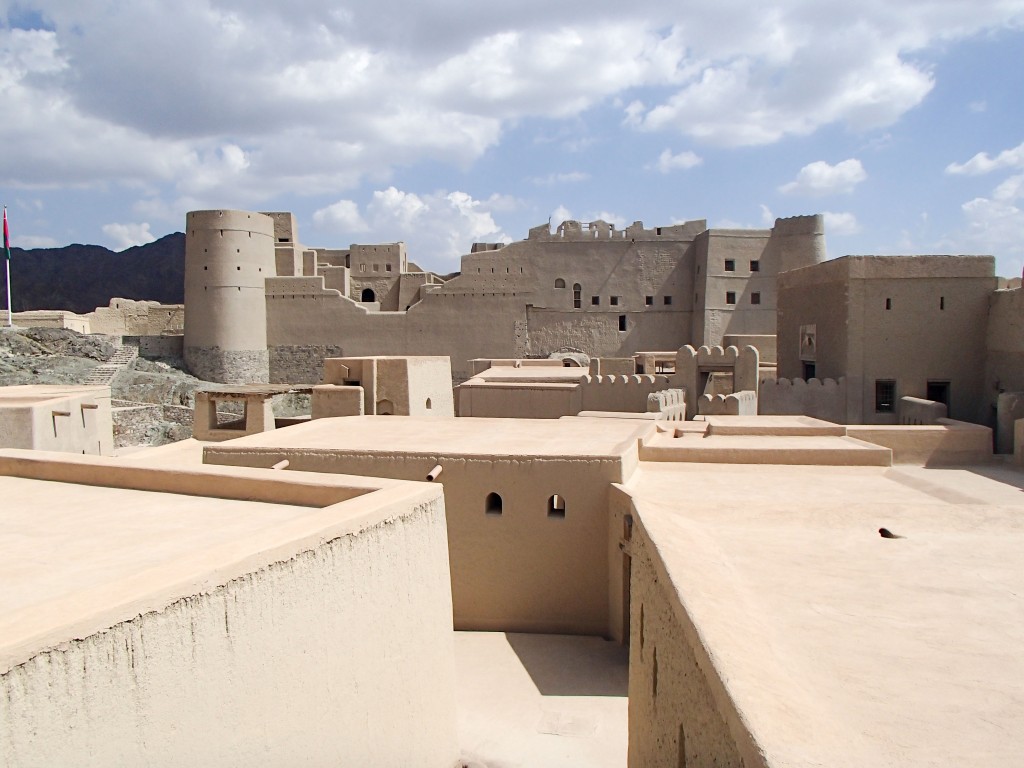
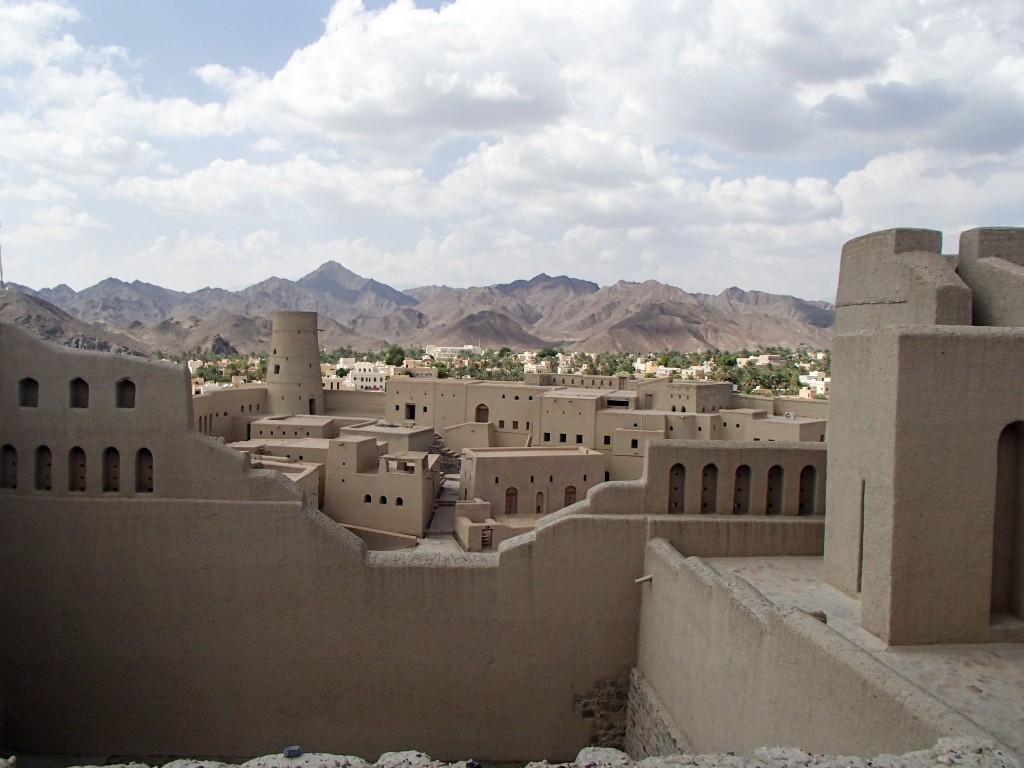
This castle has far fewer reception rooms but is much bigger with more room for what we guess would be the inhabitants of the area during times of trouble. We were getting short on morale, but the highlight of the trip was the loose gravel surrounding the walkways. Eli, Ethan and later Matty played with them building a big pile. It was a great stop but we liked Jabreen better, maybe because of morale, the story or because it is different than most of the other forts in Oman as it is a palace not a castle.
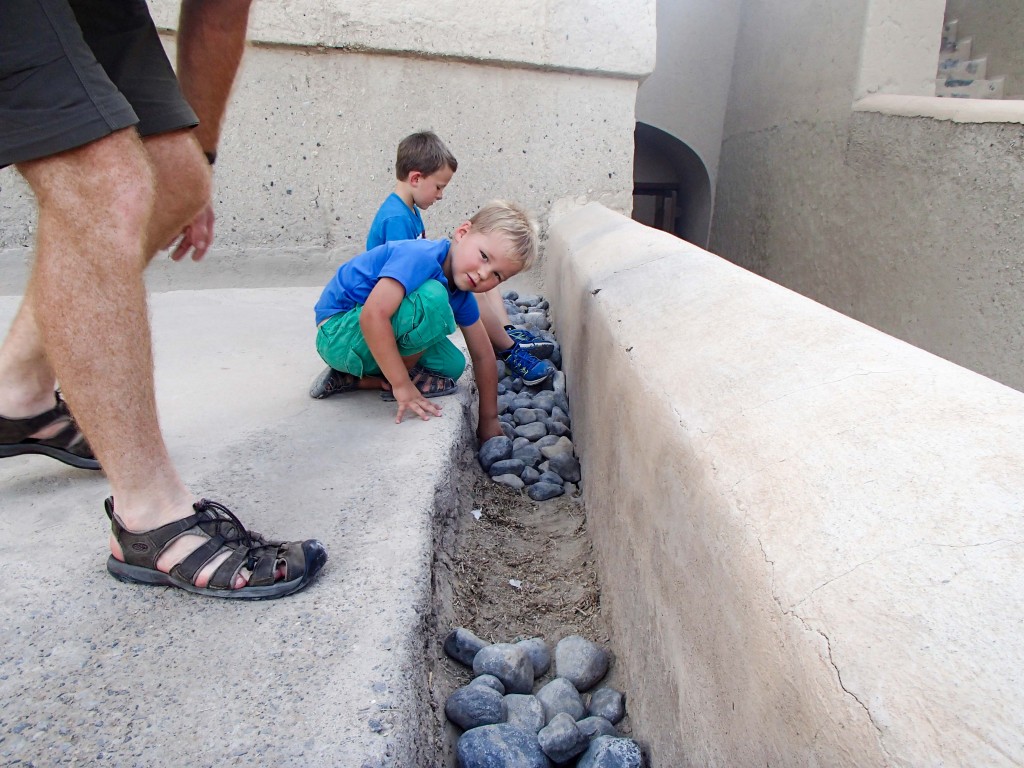
Playing in the gutter is the best part of going to the Castle for Ethan and Eli!
